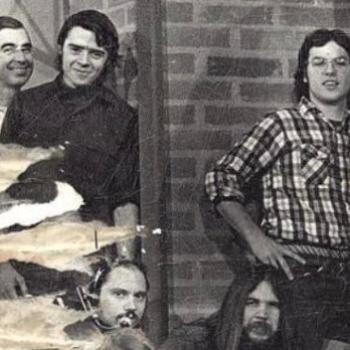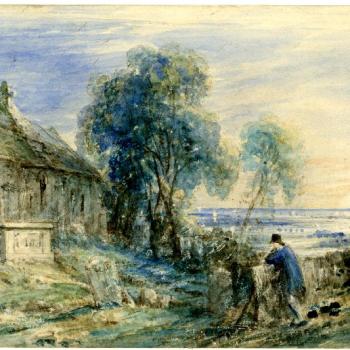The Pawtucket case is not an easy one. The Nativity scene is large and conspicuous; it is clearly a sectarian religious symbol, indeed a very central and very holy one; and there were no symbols associated with other American religions. It seems clear that the largely Italian-American political establishment of Pawtucket strongly desired a sectarian symbol. On the other hand, the crèche was part of a colorful diverse display that sent the message of holiday celebration. Reasonably, the Court's analysis turned on particular circumstances.
Justice Burger, who wrote the majority opinion, makes two important points. First, he insists, correctly, that the tradition has never been one of "rigid, absolutist" insistence on separation of church and state; the metaphor of separation is not a wholly accurate characterization of what the Establishment Clause forbids, since no institution in American society can exist in total isolation from government. The cases have consistently rejected such a rigid reading of the clause, in favor of an approach that recognizes a "blurred, indistinct, and variable barrier depending on all the circumstances of a particular relationship." The second point, closely related, is that, this being the case, no sharp-edged rules are likely to be helpful. The clause supplies a general orientation, but careful consideration of each case and contextual line drawing will be required.
Excerpted from Liberty of Conscience: In Defense of America's Tradition of Religious Equality by Martha Nussbaum. Available from Basic Books, a member of the Perseus Books Group. Copyright © 2010




